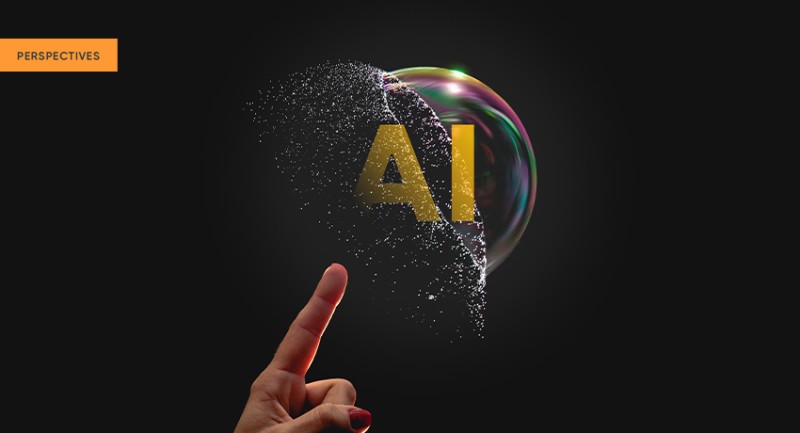When ChatGPT burst onto the scene, it was so widely adopted – and so quickly, by so many – that consumers soon started to expect generative AI-level responses from customer service bots. As generative AI suddenly infiltrated so many aspects of daily life, consumers assumed brands would be using it to deliver relevant information and answers at a moment’s notice.
But there’s a major disconnect: customers are expecting generative AI-level responses from customer service chatbots, yet they’re often presented with very narrow-scoped bots that don’t know anything about them. The result? Bots often fail to deliver a satisfactory experience and customers have to be transferred to live associates.
The expectation gap
While chatbots and interactive voice response (IVR) technologies have advanced significantly in the past decade, they are still often chosen by brands not because they deliver a more seamless customer experience but because they are a "cheaper cost channel," as highlighted in the book The Effortless Experience.
Chatbots are still useful since they often manage to bypass the need for human interaction, a scenario many consumers seek to avoid. But since many of these automated systems are so bad, many consumers just take the stance that they will circumvent the technology and go straight to the human. They believe that they will have to repeat everything they just communicated in the automated system anyway, so why go through the effort?
Many consumers are asking, "Why, if my kid can converse with ChatGPT on an iPad, can’t company chatbots handle basic prompts like 'What is my balance?'" The typical chatbot experience really highlights the deficiencies with most of the current technology. And recent advances in generative AI just make traditional bots’ limitations more evident.
Traditional chatbots being used by many contact centers are falling short of customers’ expectations in the modern AI age. That’s why I feel generative AI is causing worse customer experiences with a technology that hasn’t changed, simply because of that expectation gap.
Bridging the gap
A major investment focus for private equity and venture capital firms of late has been around AI, specifically generative AI. Many of these firms are also looking at companies that focus on the customer experience SaaS (software as a service) industry, which creates a unique opportunity for investors and businesses.
But some companies remain hesitant. Many brands are still experimenting with this technology in customer service departments because they are concerned it will “hallucinate” or otherwise provide inaccurate answers. This happened recently to an Air Canada customer who was granted a refund via a bot and then told “no” by a human at the company.
For sophisticated voice and text bots to evolve, the next step will be the complete integration of generative AI. As software companies roll out these capabilities and brands experiment and gain comfort with the answers they give customers, consumers will see more and more of these technologies.
How they embrace generative AI will be a true differentiator for brands. Customers will choose those that make interactions effortless.
As they evolve, not only will these bots be able to handle a wider range of inquiries, but they’ll also be able to relate to consumers specifically based on their relationships with the brand. They won't offer options that are irrelevant to customers, and they will tailor their responses and recommendations. This "mass personalization" will further reduce friction, differentiate brands, and endear consumers to those brands.
The current state may not be that pretty, but the near future looks bright. Brands should be experimenting now with this technology and pressing to roll it out quickly to grow customer loyalty and stand out from competitors.
A version of this article originally ran in Forbes.
















